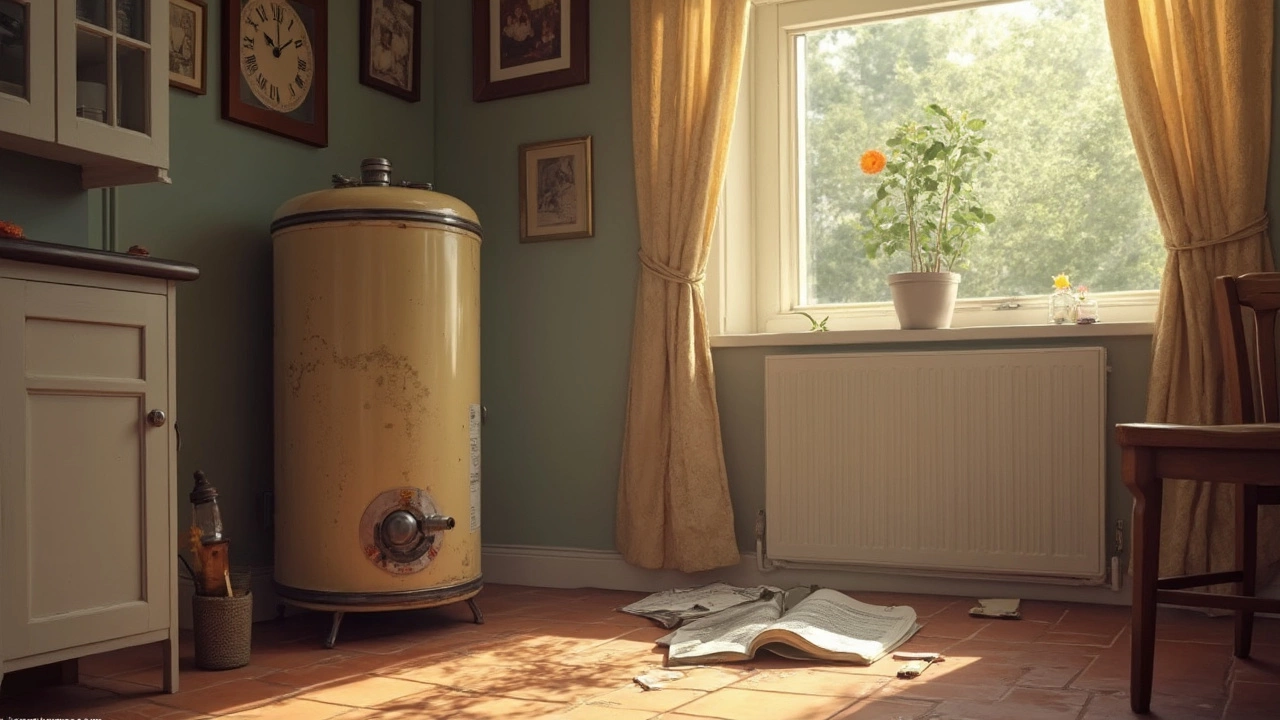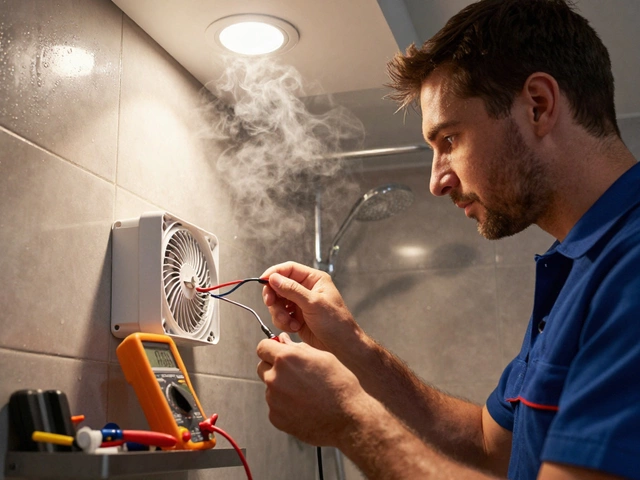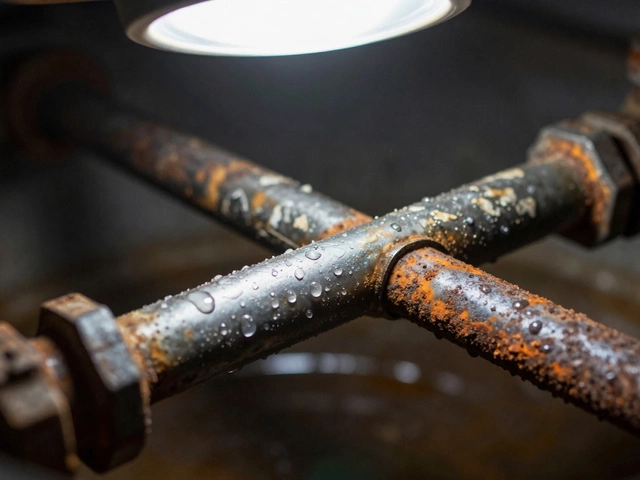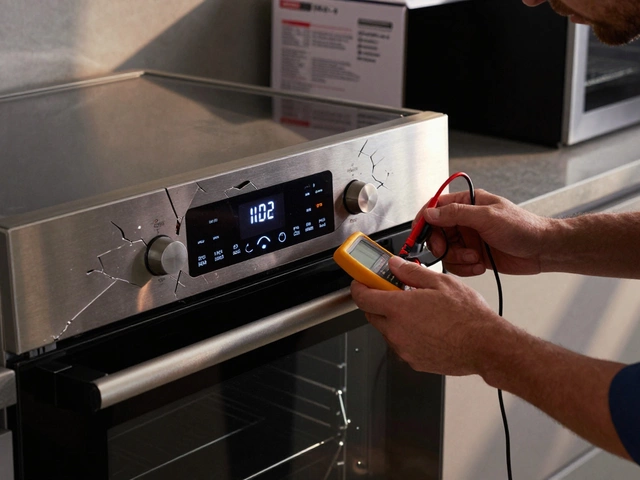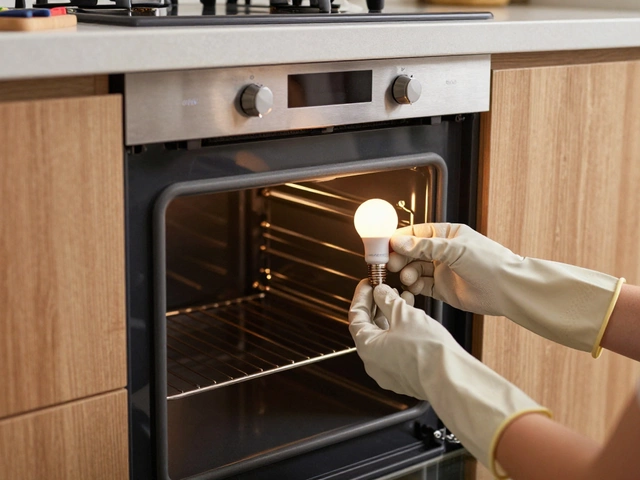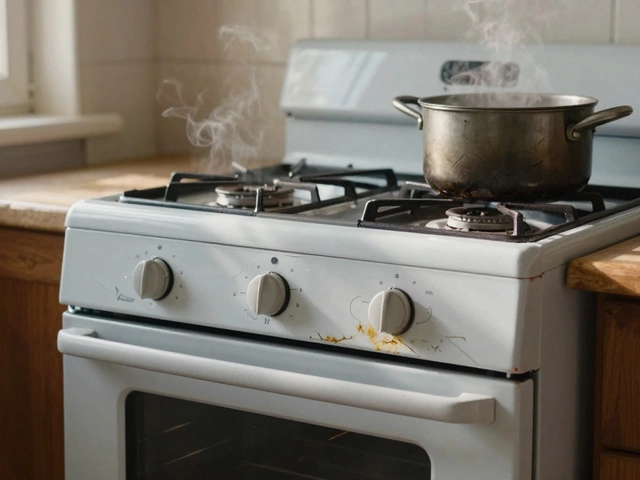Water Heater Leak: Quick Fixes and When to Call a Pro
If you’ve noticed water pooling around your heater, you’re not alone. A leaking water heater can waste energy, raise your water bill, and even damage floors. The good news is many leaks are easy to spot and fix. In this guide we’ll walk through the most common reasons a heater leaks, what you can do yourself, and the signs it’s time to call a professional.
Common Causes of a Leak
First, figure out where the water is coming from. The most frequent sources are the pressure relief valve, the temperature & pressure (T&P) valve, and the tank itself. A faulty valve often drips when the tank gets too hot or pressure builds up. Corrosion on the valve threads can also cause a slow leak.
Another usual suspect is the cold‑water inlet or hot‑water outlet pipe. Loose connections, cracked fittings, or worn‑out pipe threads let water escape. Check the nut bolts with a wrench – they should be snug but not over‑tightened.
If the tank is rusted or the bottom is wet, the leak is likely from the tank interior. Over time, the inner lining can break down, especially in older units. That type of leak usually means the whole heater needs replacement.
Steps to Stop the Leak
1. Turn off power and water. For electric heaters, switch off the breaker. For gas, turn the gas valve to “off.” Then close the cold‑water supply valve.
2. Drain the tank. Attach a garden hose to the drain valve at the bottom and run it to a floor drain. Open the valve and let the water flow out. This relieves pressure and makes it easier to work.
3. Inspect and tighten fittings. Use an adjustable wrench to tighten any loose nuts on the inlet, outlet, and T&P valve. If the threads are damaged, replace the fitting with a new one – they’re inexpensive and readily available.
4. Replace a faulty valve. If the T&P valve is leaking after tightening, shut the water, remove the old valve, and install a new one. Make sure to seal the threads with plumber’s tape.
5. Check for cracks. Look at the tank’s sidewalls. Small hairline cracks can sometimes be sealed with epoxy, but this is only a temporary fix. If the tank is visibly corroded or the bottom is wet, plan for a replacement.
6. Turn everything back on. Open the cold‑water valve, let the tank fill, and restore power or gas. Keep an eye on the area for a few minutes to make sure the leak stopped.
These steps cover most DIY scenarios. If you’re uncomfortable handling gas connections or the leak persists, stop and call a pro.
At Hinckley Home Appliance Repair Services, we specialize in water heater repairs and replacements. Our technicians know how to diagnose hidden leaks, replace worn valves, and advise when a tank has reached the end of its life. We’ll get your hot water back without a mess and with a fair price.
Remember, a small leak can become a big problem fast. Spot it early, try these simple fixes, and don’t hesitate to reach out if you need a qualified technician. A reliable water heater means comfortable showers and lower bills – it’s worth getting it right.
7 March 2025
·
0 Comments
A leaking water heater is a common household problem that can lead to further damage if not addressed promptly. Understanding the most likely sources of leaks can help homeowners take preventive measures. This article explores common trouble spots in a water heater, useful tips for early detection, and practical steps to prevent leaks. Knowing these can save time, money, and reduce the risk of unexpected water damage at home.
Read more

